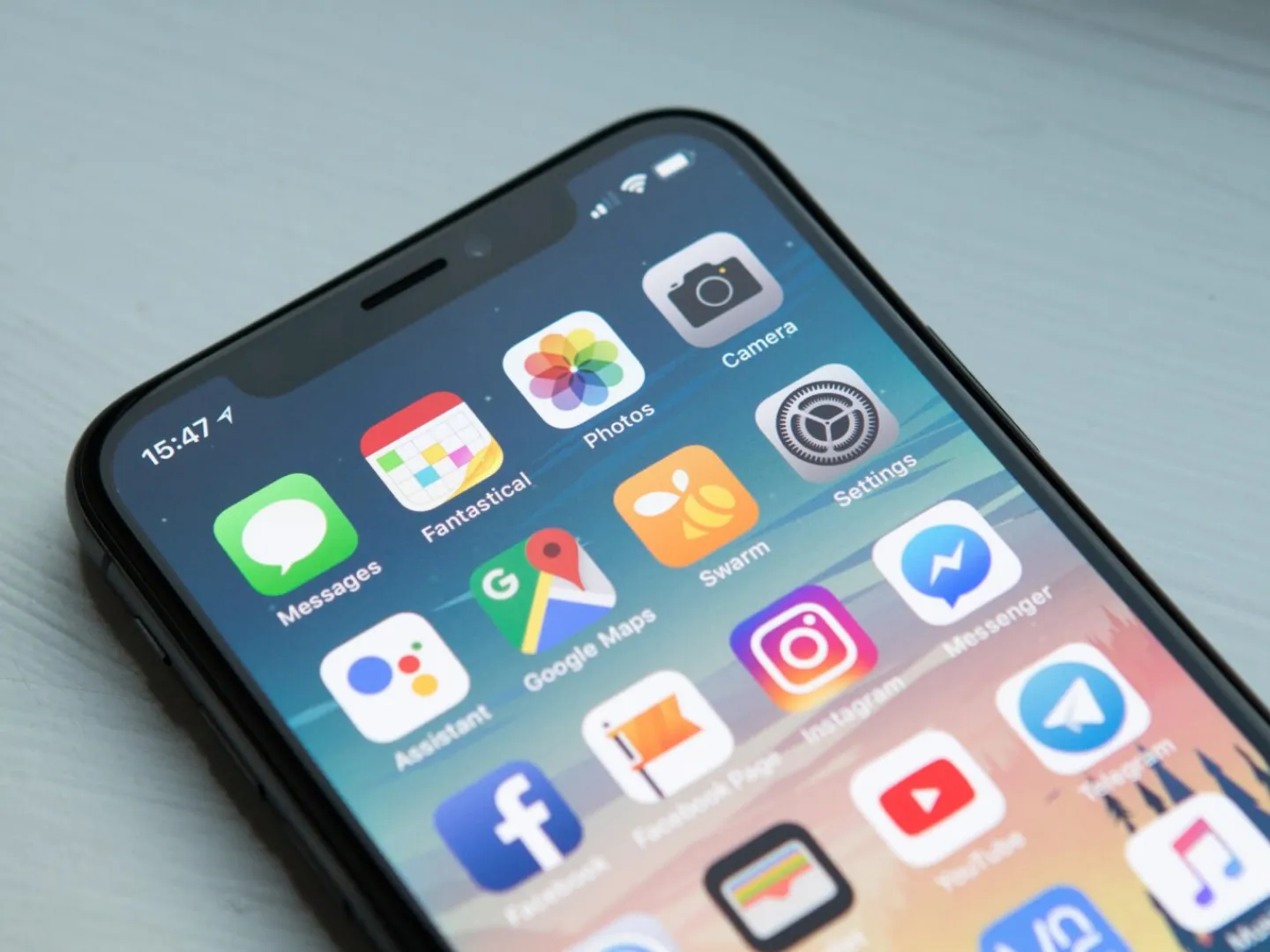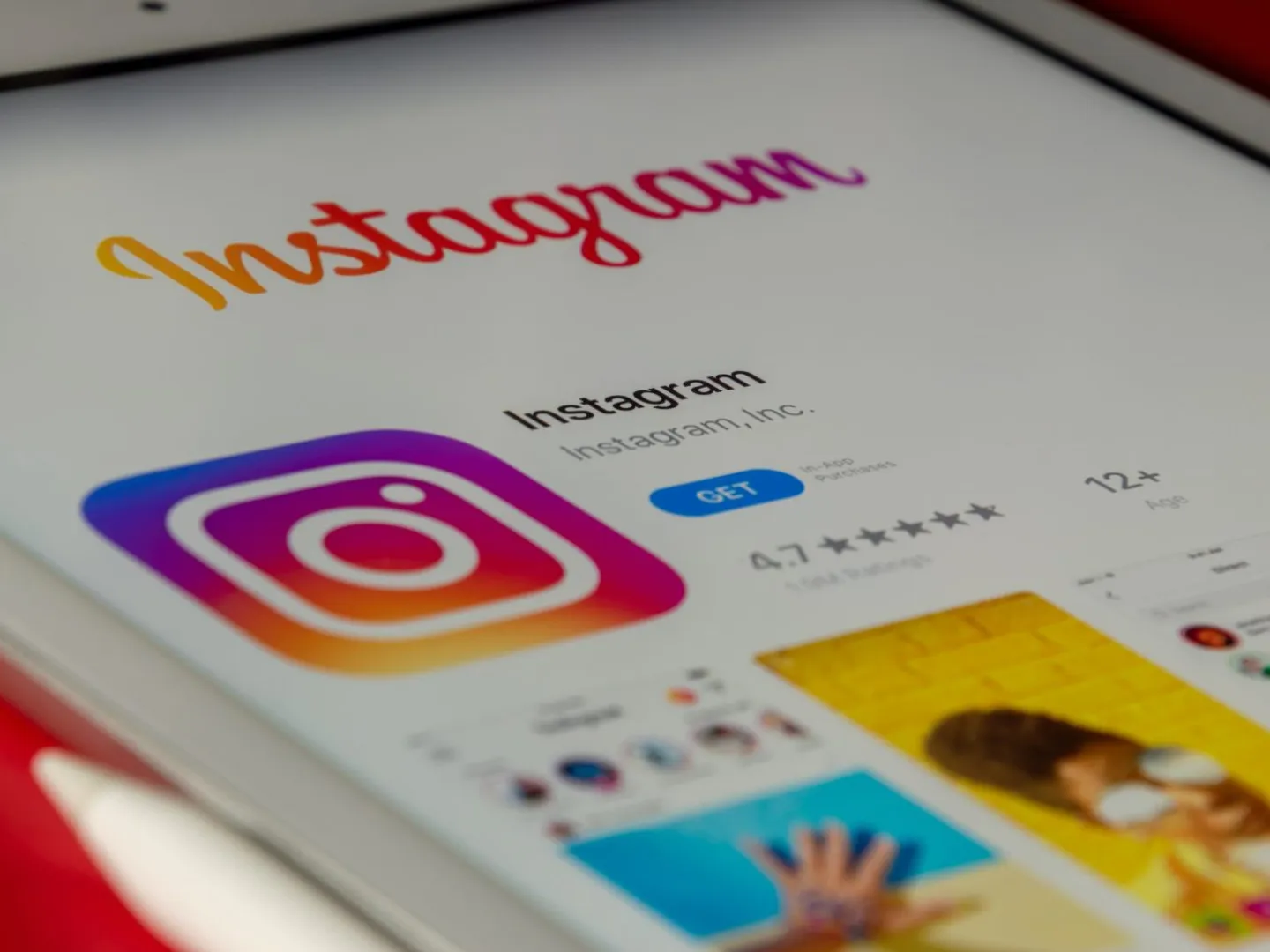Want to Maximise Your Social Media Advertising? Follow These 6 Steps

Social media advertising has the ability to skyrocket both a brand’s profile and profits seemingly overnight. Since the rise of the mobile phone, our world has become social media-centric, with more than half of the world’s population having a digital profile on a social media platform. So what has the advertising world learned from over ten years of social media advertising? Let’s have a look at how to turn scrolling into conversions.
1. Incorporate videos in your advertising.
Social media interfaces continue to get more dynamic, striving to keep the user experience perpetually fresh. This continual reimagination of a social platform creates a hyper-competitive space for advertisers. Not only does a brand have to keep pace with the platform, but it also needs to tap into the mind of a consumer who’s become habituated to scrolling onto a fresh screen every few seconds.
Video advertising has become a mainstay of social media. It’s also one of the most conducive mediums for engaging and dynamic content. This is why videos now comprise an insane 82% of consumer internet traffic. Video content is a tried and tested medium for engaging a broad audience – it’s able to embody the fast-paced, ever-changing nature of social media.
A small suggestion: make your videos loopable. This involves having the same start and finish frame to create a seamless loop that can play for an infinite amount of time, retaining the viewer’s attention. Why is this important? Because videos on Facebook or Instagram’s feeds are auto-looped. This feature keeps the viewer watching a video more than once, which is great news for your ads – the more views you get, the cheaper your CPM is!
2. Taper your creatives for mobile.
While platforms such as Facebook, Instagram, Tiktok and Pinterest are accessible online, most user interaction happens on mobile phones. This means that in creating and implementing your ads, your focus should be on tapering to mobile. What does this look like?
- Keep it short and sweet: Six to ten seconds is considered the optimal length; avoid creating creatives longer than fifteen seconds.
- Design your ads to be engaging and sensical without sound. Particularly on Facebook and Instagram, you can’t be sure that your ad will have the sound on – many require the viewer to engage sound manually. Combat this by telling a visual story or by utilising captions and graphics.
- Make your video vertical: most people hold their phones vertically. You only have a short window to get their attention; you want your video maximised in size.
3. Use both static images and videos in a campaign.
According to Facebook’s research, it’s media variety that yields results in advertising campaigns. Pairing static images with videos in your campaign results in more conversions than image-only or video-only strategies.
4. Bring your brand to the front early.
Time is money – you need your audience to know straight away who you are and what you’re selling. This makes it easy to capture a motivated audience; ambiguity is the enemy! Keep it simple and answer these questions as quickly as possible:
- What’s your brand?
- What are you selling?
- How does it help me? (showcase the use of your product).
5. Colour and contrast stop the scroll.
Ensure your creative is utilising contrasting colours, bright backgrounds and features your ‘hero’ product front and centre. Maximise your chances of catching the viewer’s eye and stopping the endless scroll; bright captions or colours will shine the spotlight on your product.
6. Test, analyse, repeat.
For the greatest chance of success:
- Make a variety of assets that incorporate these points and test the ads against each other.
- Give the test some time and then crunch the numbers and analyse the data.
- Discover what’s working for you and what isn’t – get rid of what isn’t helping.
Repeating this process allows for continual refinement and improvement of your ads, leading to greater conversions. Over time you’ll have an idea of which ads resonate with which audiences or what platforms favour a specific style of ad. In addition, you’ll gain a greater understanding of not just your ads but also the social channels you advertise on. Remember, there’s no singular avenue to success – social media is an ever-changing, fluid machine. It takes continual effort to yield consistent results. However, the above points are a great starting point for all businesses.
If you have any questions about how your business could maximise its social results, hit the ‘Contact Us’ button and one of Unify’s social strategists would be happy to field your queries.
Keep Reading
 Digital Marketing
Digital Marketing
The Problem With Performance Max
 Digital Marketing
Digital Marketing
How to Move to Google Analytics 4 (GA4): Avoiding Mistakes and Maximising Insights
 Digital Marketing
Digital Marketing